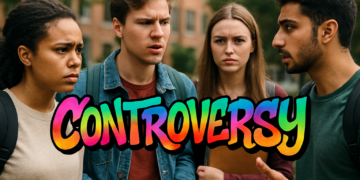Why Content Rating Systems Are All Flawed Beyond Repair
PG-13. M for Mature. TV-14. T+ for Older Teen. These are different ratings that you’ll see on television shows, movies, video games, and the back of graphic novels. Beyond the fact that it’s hard for a parent to keep all of them straight and decode the alphabet soup contained in some of them, there’s also the issue of them all having different standards and whether or not the ages they suggest for different content are really accurate. So what exactly are the problems with these systems, and what can be done about them?
One problem with these systems is that they apply different, unclear standards for the same age limits. A TV-14 show on television may sometimes show violence that would earn a film an R rating, but can’t use language that would be permitted in a PG-13 film. A “PG” film from the early 80s will more than likely contain more explicit content than a “PG” film that came out recently, due to the fact there for a long time there was no PG-13 rating.
The Motion Picture Association of America (MPAA) is known for being very quiet about its rating process, not publishing any sort of official standards or even letting the general public know who the members of their board are. Sometimes you might walk out of an R-rated film and swear that you’ve seen PG-13 films that contained more gore and sexual content. In fact, an R-rated film may be something you’d be entirely comfortable letting a 13-year-old watch over some PG-13 films.
The age listed for different ratings is another problem. These suggested age limits seem to have been randomly drawn out of a hat as to when children and teenagers can handle certain mature content. It’s a known fact that people have different maturity levels, some thirteen-year-olds are more mature and able to handle content better than some seventeen-year-olds. Some young children are sensitive to scary movies, while others love them. Parents may feel betrayed when they come out of a PG-13 movie with the false assurance it was okay for their immature 13-year-old, only to find the level of content was far beyond what they would have found suitable.
So what needs to be done about these systems? Well, there still should be some resources for parents. As such, all media should have easy-to-access content guides – similar to IMDb’s user-submitted “Parents Guide” feature – which list the objectionable content contained in a film, TV show, game, etc. and let a parent decide if it’s okay for their child or not. After all, an anonymous rating board can’t claim to know a child better than their parent, can they?























































































